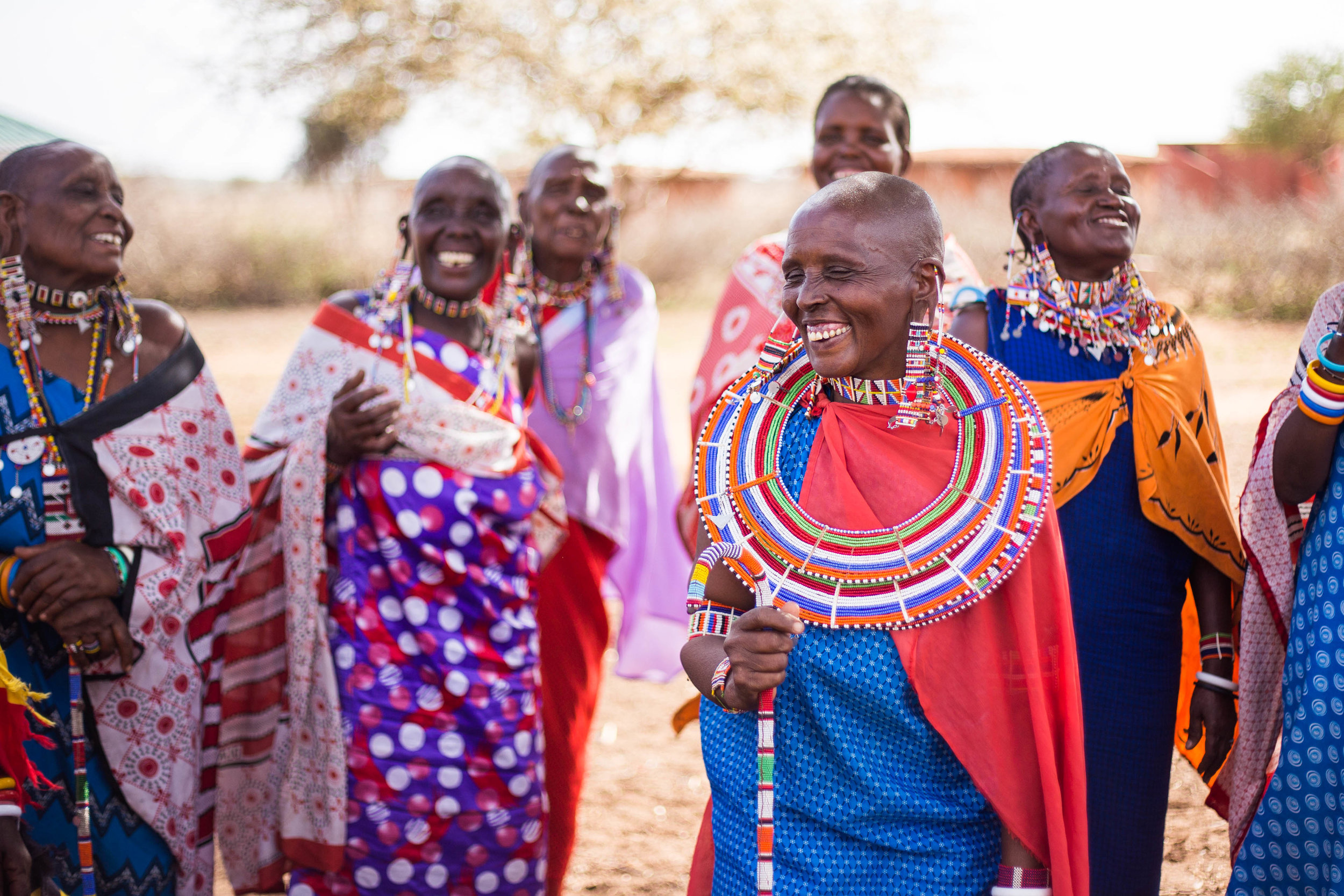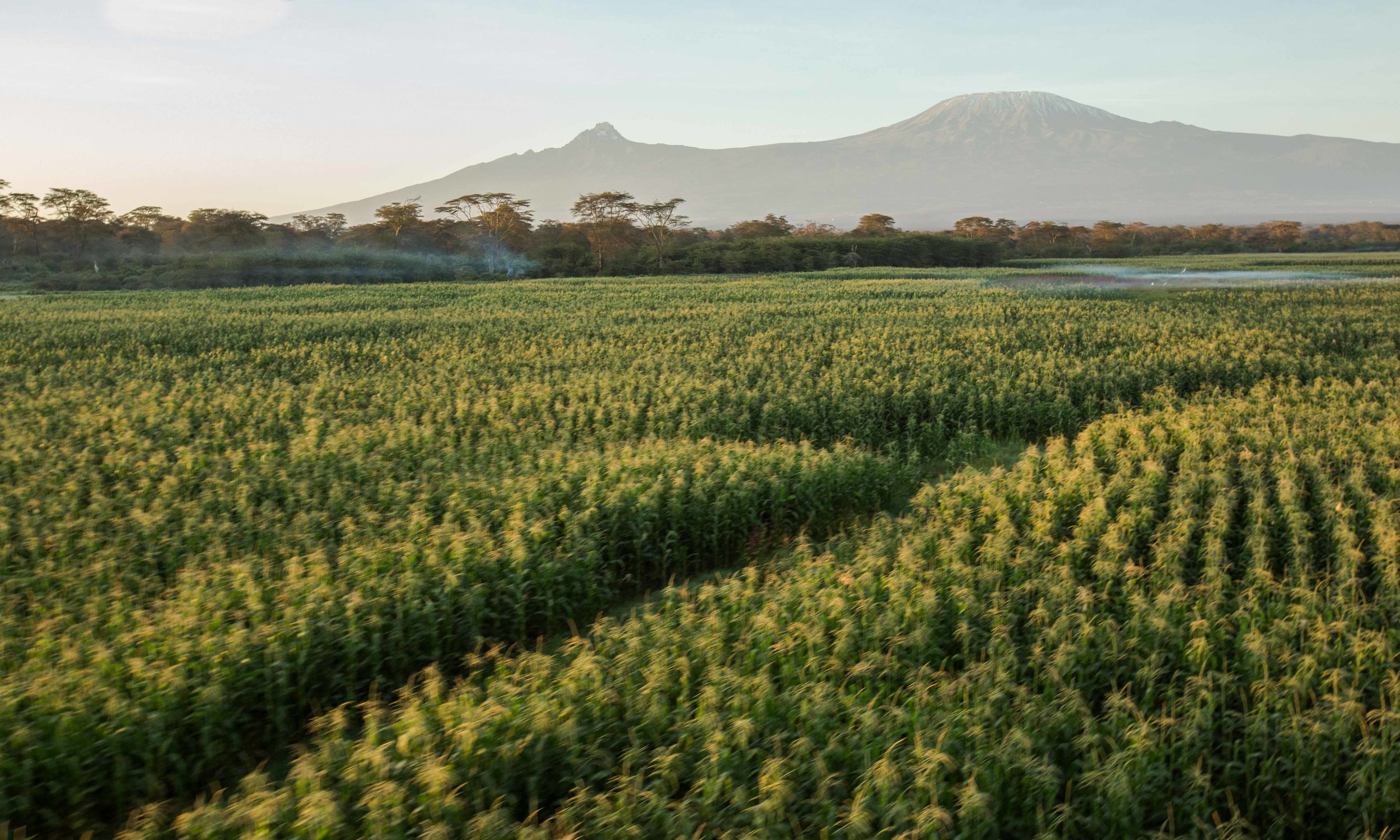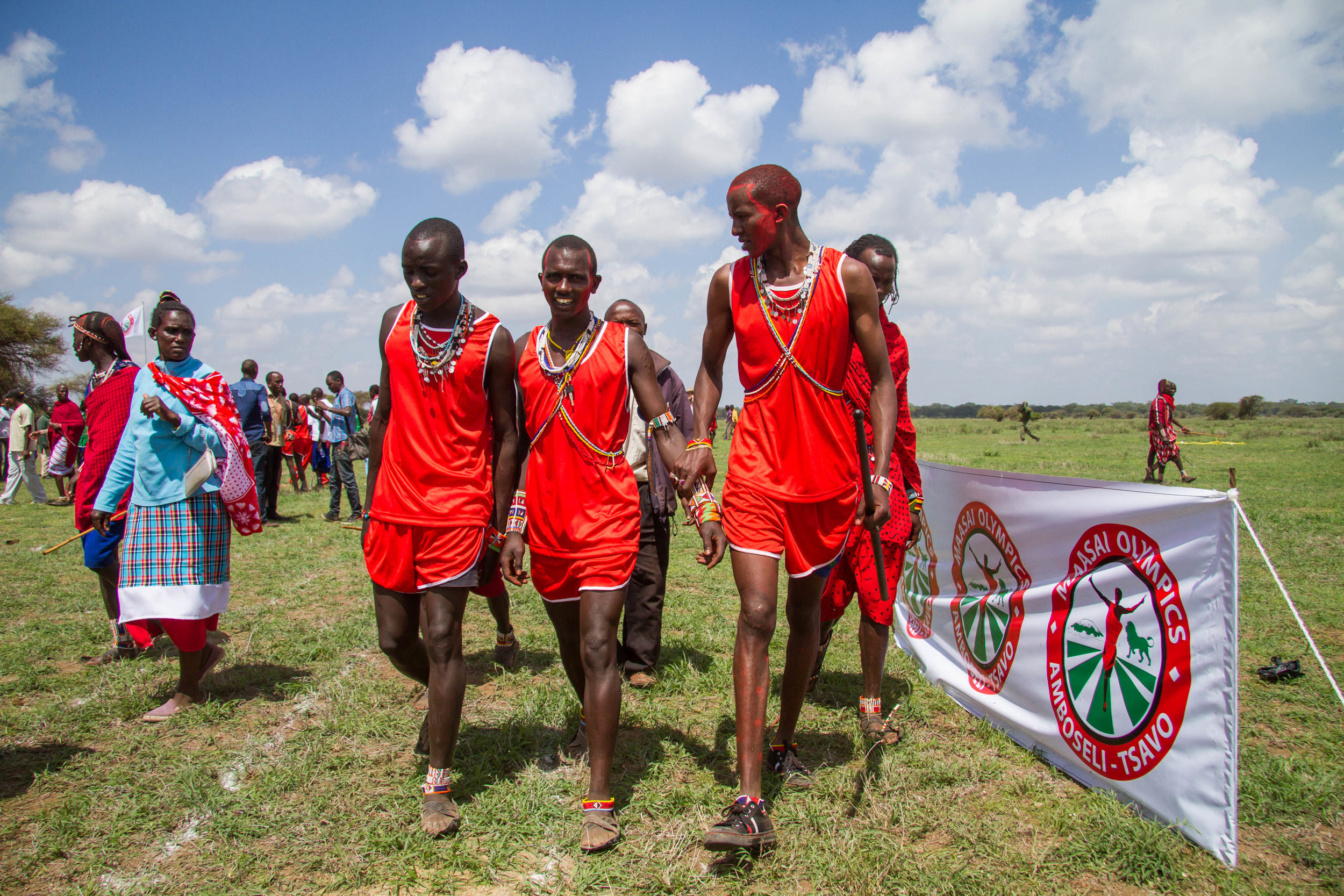Conservation
The Kimana springs and swamps have historically been a critical water resource and habitat for wildlife in the Amboseli ecosystem, where seasonal fluctuations in water and resource availability play a large part in animal behaviour. Over the last 20 years the land around the Kimana swamps has been eroded through land subdivision and subsequent fragmentation into small-scale farmlands, all the way from the slopes of Kilimanjaro to the wetlands and swamps in the country below.
Despite its relatively small size, the sanctuary is disproportionately important for local wildlife populations. It provides vital year round water access at a time when farmland is expanding and competition for water between humans and animals is at an all-time high. The sanctuary’s value as a water-access point will only increase as agriculture and riverbank development continue to spread. In addition to the importance of the habitat, it is not a huge exaggeration to say that the Kimana Sanctuary is one of the pivotal points the Amboseli ecosystem. It is one of the crucial links that keeps it all together, connecting Amboseli National Park and the Kimana conservancies with Kuku Group Ranch and beyond to the Chyulu Hills and Tsavo West National Parks.
This land needed to be protected; and at the start of 2018 Big Life Foundation took over this responsibility. This is possible thanks to support from The Sheldrick Wildlife Trust , who have covered the cost of the land lease (paid to the local community), and funding from the Global Environment Facility to re-vitalise the tourism facilities and the D.N. Batten Foundation who provided key support for the establishment of Big Life operations in the sanctuary. There are now five ranger units based in the Sanctuary with 22 rangers in total, all from the local community.
Elephants use the area intensively. In the year-long period between 1st September 2016 and 1st September 2017, Big Life rangers recorded 6488 elephant track movements in and out of the western border where the Kimana Sanctuary is linked to the Kimana conservancies by a narrow funnel (almost 18 a day). The sanctuary provides critical habitat for elephant bulls, but is well used by family herds at certain times of the year.
Big Life has recently completed a 48 km human-elephant conflict mitigation fence along the southern edge of the Kimana corridor conservancies, where rangeland borders farmland on the slopes of Kilimanjaro, and has started construction on a second phase of a further 60 km (20 km’s completed) that will protect the farmlands on the sanctuary borders amongst other areas. The first fence has already had a huge impact in mitigating crop raiding and in the process saved many elephants from being killed or injured by farmers defending their crops, as well as protecting the farmers and their families.








